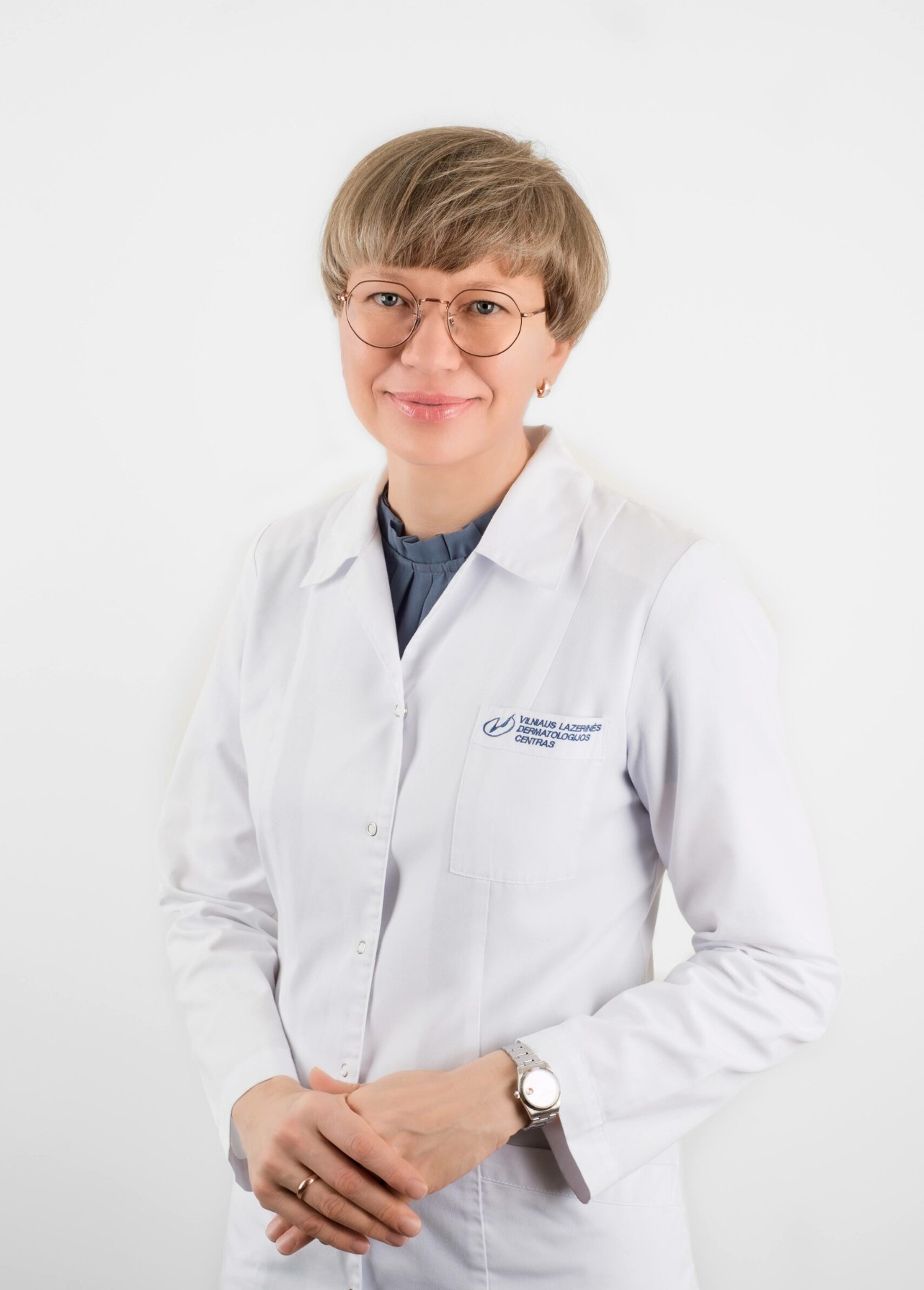Benign skin tumours do not pose a health risk and are removed according to the patient’s preference for better cosmetic results. If the tumour does not cause any discomfort to the patient, removal is not indicated. The method of removal is chosen according to the type of tumour.
The main methods of removing benign skin lesions are:
- Laser destruction
- Electropeil destruction
- Cryodestruction
- Surgical removal
The procedures are performed under local anaesthesia, under outpatient conditions. Depending on the size of the lesion, its localisation and the method of removal chosen, the procedure takes between a few minutes and 1 hour.
Laser destruction is a fast and well-tolerated procedure performed under local anaesthesia. Due to its good cosmetic results, it is probably the method of choice for the removal of benign skin tumours. Different lasers are used to remove different types of tumours. The effectiveness of the procedure and the cosmetic appearance after the wound has healed depend on the laser chosen and the experience and skills of the doctor. Laser destruction is used to remove warts, moles, seborrhoeic keratoses, papillomas and haemangiomas.
Cryodestruction is an increasingly rare technique, suitable only for the removal of small and “thin” tumours. The most common method is the removal of warts. The procedures are short but somewhat painful.
Electrodermabrasion is a simple and inexpensive method of removing benign skin tumours, but is not suitable for cases where a good cosmetic result is needed. Papillomas can be removed using this method.
Surgical treatment is carried out under local anaesthesia under outpatient conditions. With the popularity of laser destruction of benign skin lesions, the number of surgical interventions is decreasing. However, certain benign skin tumours are only removed surgically, e.g. dermatofibromas, lipomas, cysts, atypical moles. Surgical intervention is also chosen in cases where histological examination of the lesion is necessary. After removal of the mass, the wound is sutured and a dressing is applied. Dressings are necessary but do not interfere with the patient’s daily activities. Unfortunately, the surgical intervention leaves scars.
Some benign skin lesions, such as warts and calluses, may be treated with topical medications. However, the course of treatment is lengthy and patients do not always follow the treatment plan.






